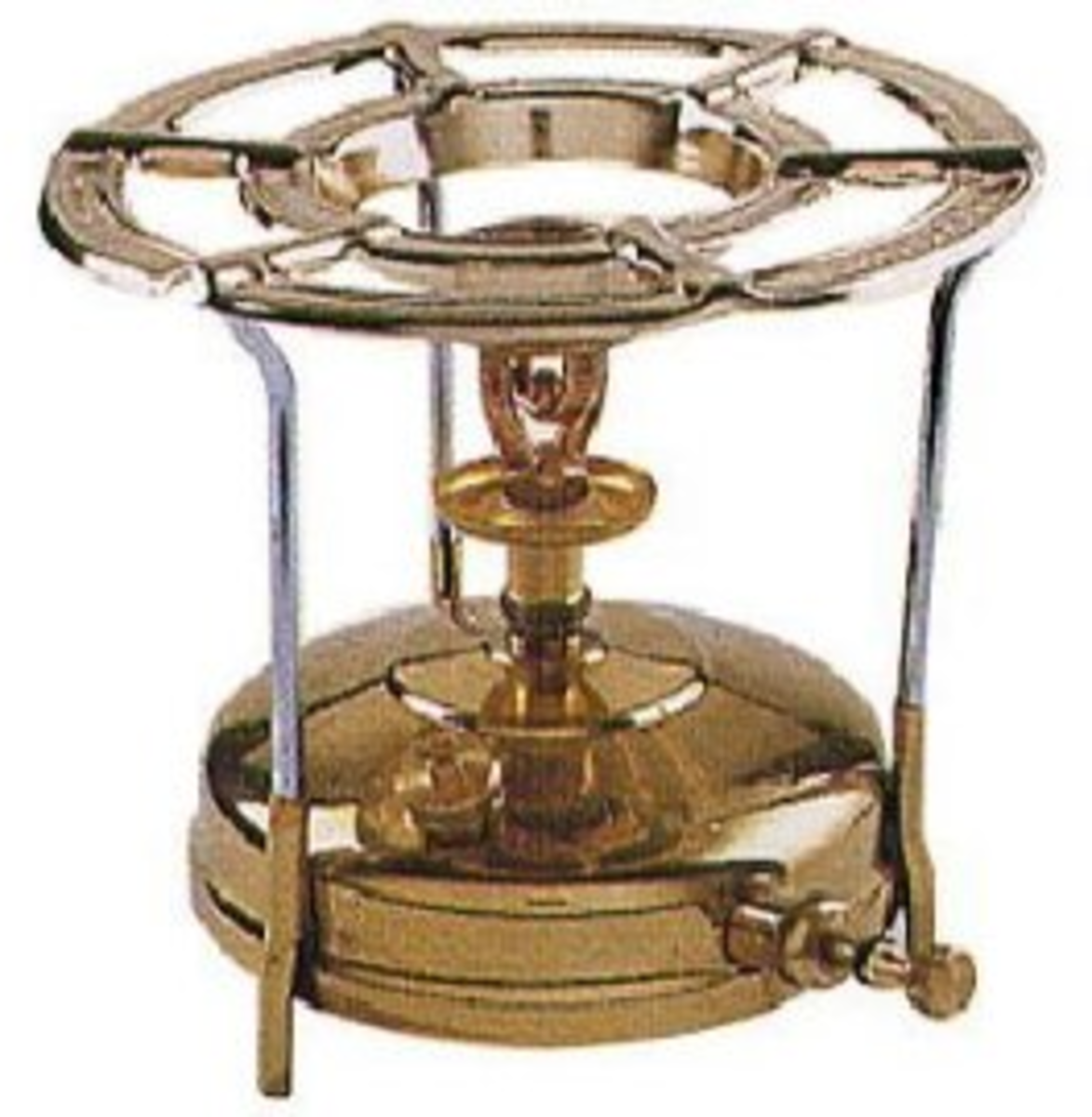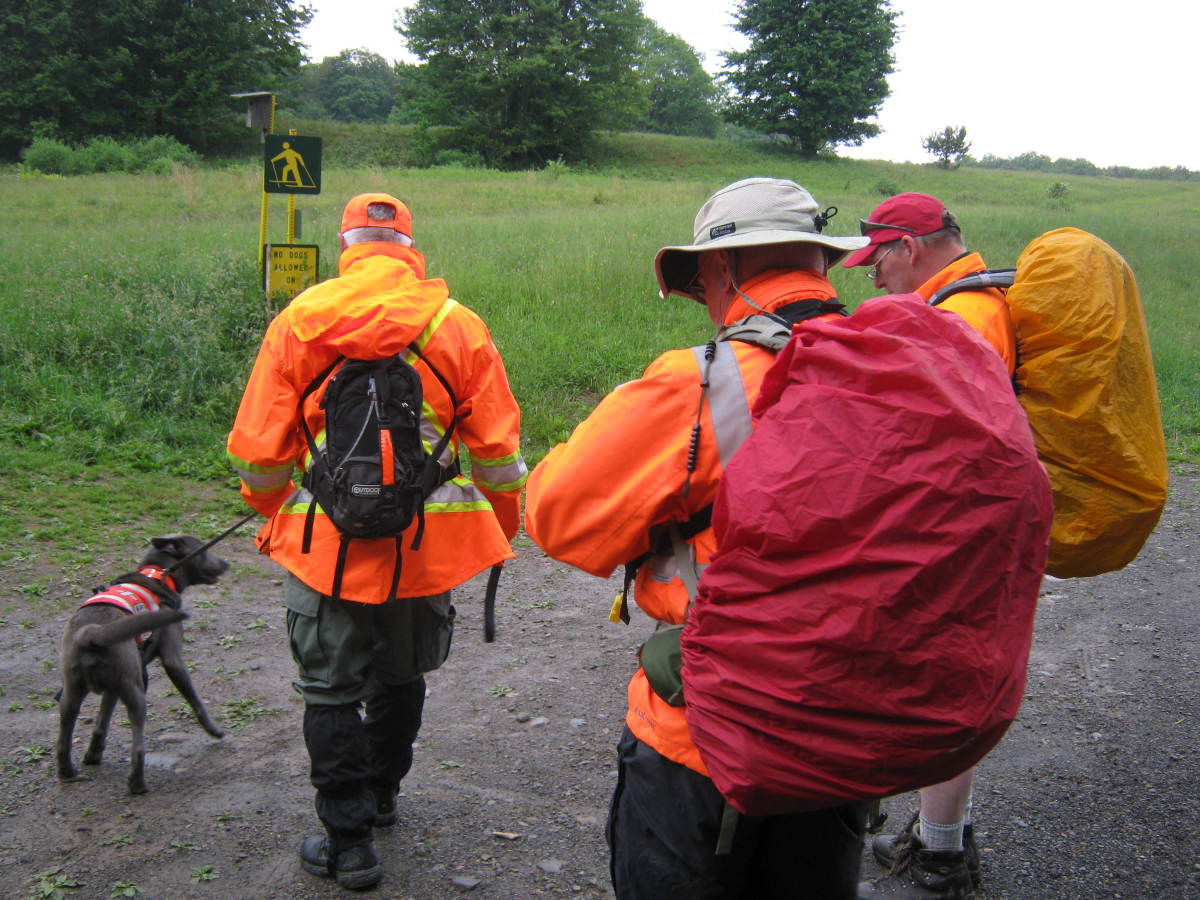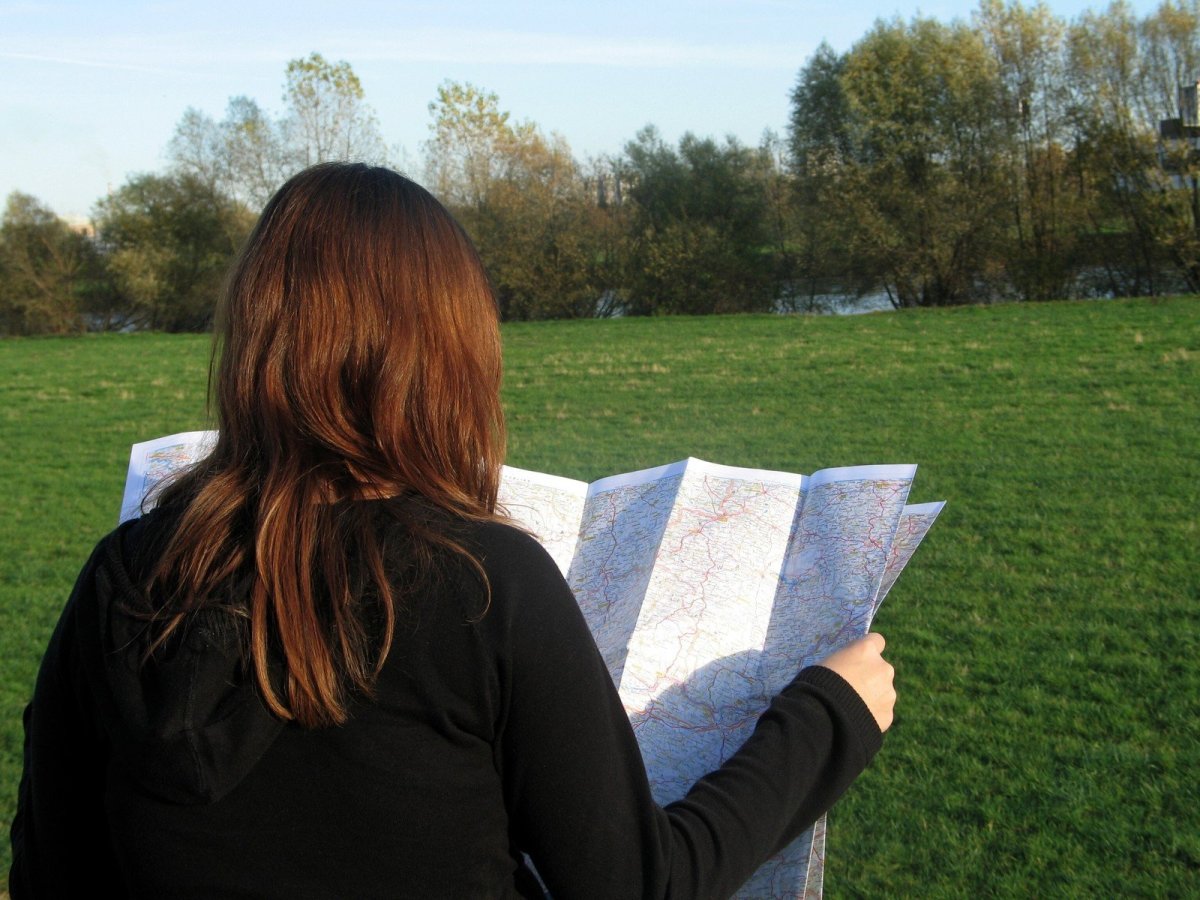How to Choose a Backpacking Stove
Canister stove

A modern stove

Liquid fuel or canister
Beginners starting out backpacking or camping are spoiled for choice when it comes to finding high-quality stoves. But many don't know where to even start when it comes to buying one. Deciding on the kind of stove you want to buy depends on three things:
- Whether you are doing backpacking or high-altitude mountaineering
- Whether you are technical and enjoy using gear, or
- Whether you want a minimum of fuss
Light backpacking stoves fall into two broad categories, canister stoves and liquid fuel.
Canister stoves
These run on portable canisters of compressed propane or butane gas. Their main advantages are that they are really easy to use. If you can manage a box of matches and a bathtub tap then these little cookers should not be beyond you. To light you just turn them on and light them up. Some even come with built-in lighters (though I don't bother with the added expense and complexity when a box of matches does just fine). When they run out of gas you just switch to a new canister. It doesn't get easier than this. For most people this is the smart choice.
One problem with most is that they position the cooker above the canister. This means that they can be rather wobbly if you have a big pot or are cooking on uneven ground.
Another downside is that if you are travelling to remote parts of the world you may struggle to get replacement canisters and airlines don't allow you to carry your own. A more serious problem is that they don't work in very cold environments. So if you are doing serious mountaineering at altitude or going way off the beaten track then you need to consider a liquid-fuel stove.
Liquid-fuel stoves
These stoves are the workhorses of serious mountaineers and expeditions. Instead of running on canisters of gas they run on various kinds of liquid fuel such as white gas (benzine), kerosene (also called paraffin), jet fuel and unleaded gasoline (unleaded petrol). By their very nature they are more complex than canister stoves because they have to heat up the liquid they burn to turn it into a gas, which in turn gets burned.
In the field these need to be heated up for a minute or two before they will light. Depending on the model and the exact instructions one usually pours just a little fuel or a flammable jelly onto the top. Many also have a pump that pressurises the fuel bottle. To get them going you pump up the pressure to the fuel, light your preheating fluid or jelly and wait a while. Once the stove his hot enough then you open the valve to it and light the main burner. If this sounds complex it need not. It is easier done than said and I've used these sorts of stoves for nearly 20 years now. The one I'm using at the moment is an MSR DragonFly and I love it. It is not the lightest of the range (nor the quietest) but it has served me well. And while it is more hassle I still prefer it to canister stoves because I know I can always get fuel, even in out of the way places. I also know exactly how much fuel I have because I can see it in a bottle. With a gas canister you never really know until it has gone empty.
If you decide on a liquid stove you have a further set of choices between a simple stove that only burns white gas or one that comes with extra valves so that it that can burn many different kinds of fuel. I have used both over the years and they are similar in operation, but I like the flexibility I get from using an expedition-grade stove that can burn almost anything. To change fuels I just have to change a valve. It takes just a couple of minutes and I'm good to go. I like the fact that when travelling in Africa or Nepal I will be able to use whatever fuel I can find.
The very newest stoves such as the OmniFuel from Primus, a Swedish outdoor firm, bridge all of these divides as they come with an adaptor to fit a gas canister and also with the fittings for a fuel bottle to burn white gas or other fuels. I don't have one of these but they seem the best of all worlds. If money is no object I would definitely recommend one of these.
I hope this helps you find the right backpacking stove for you and would love to hear your thoughts and what you have and what your experiences with it are.








